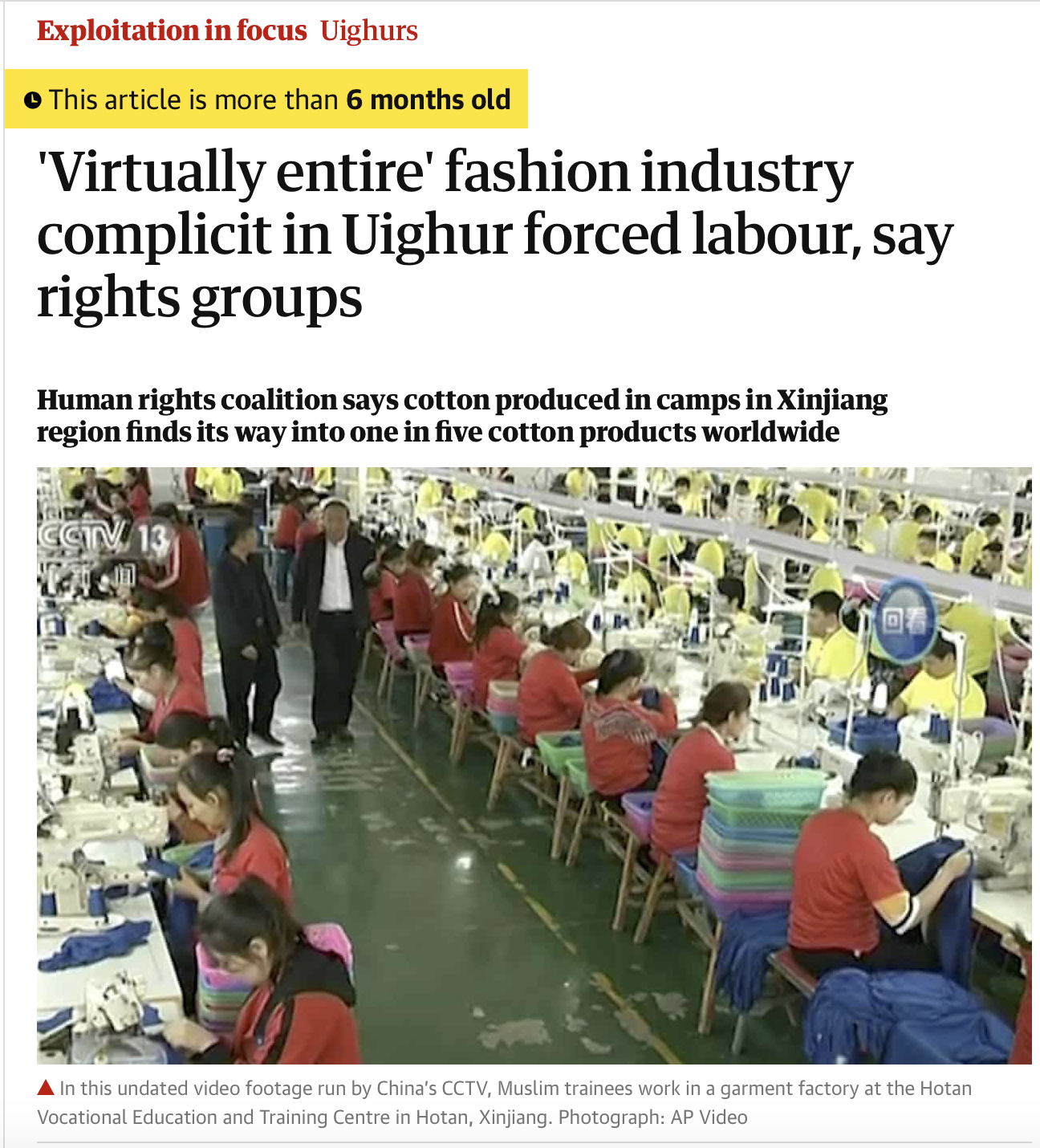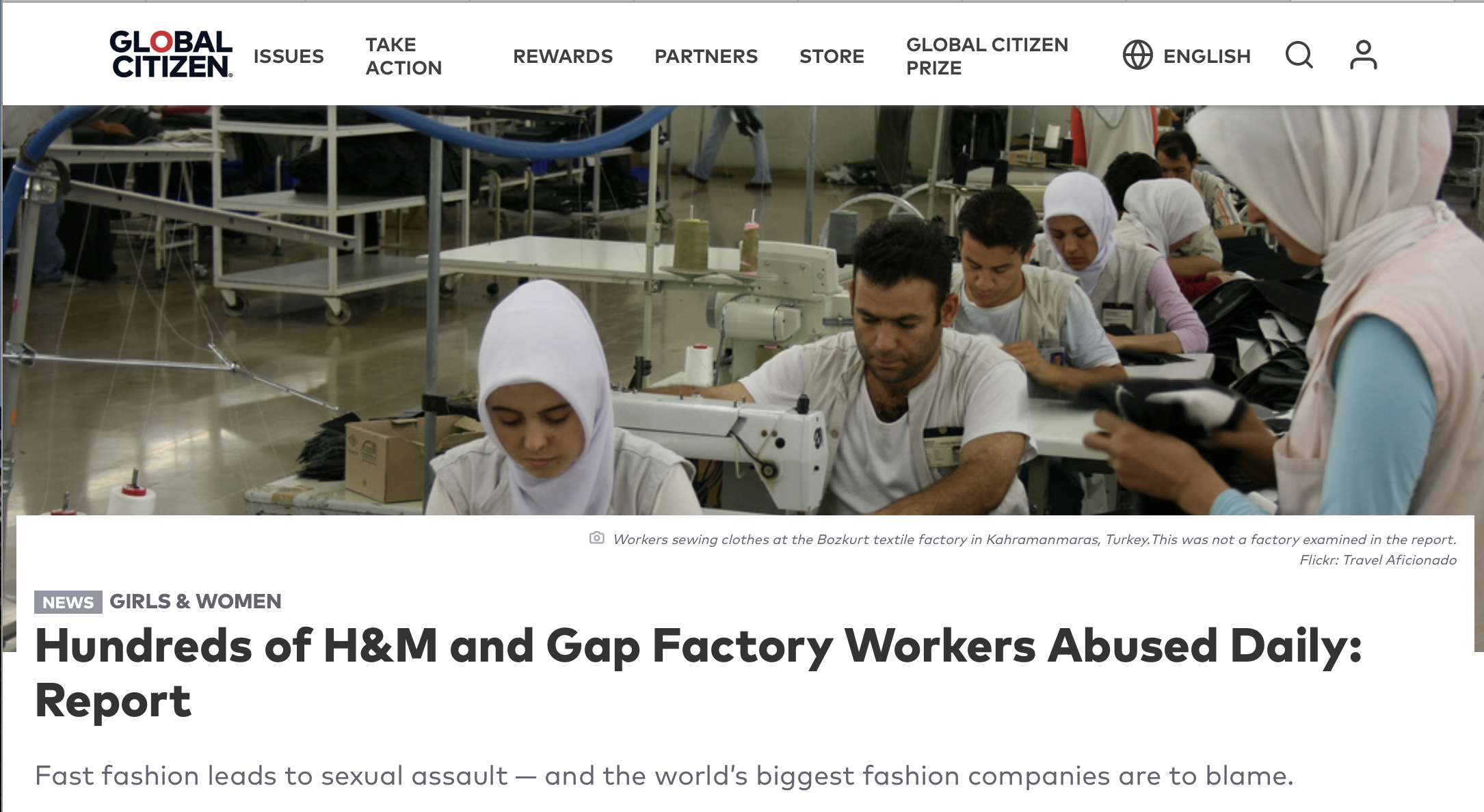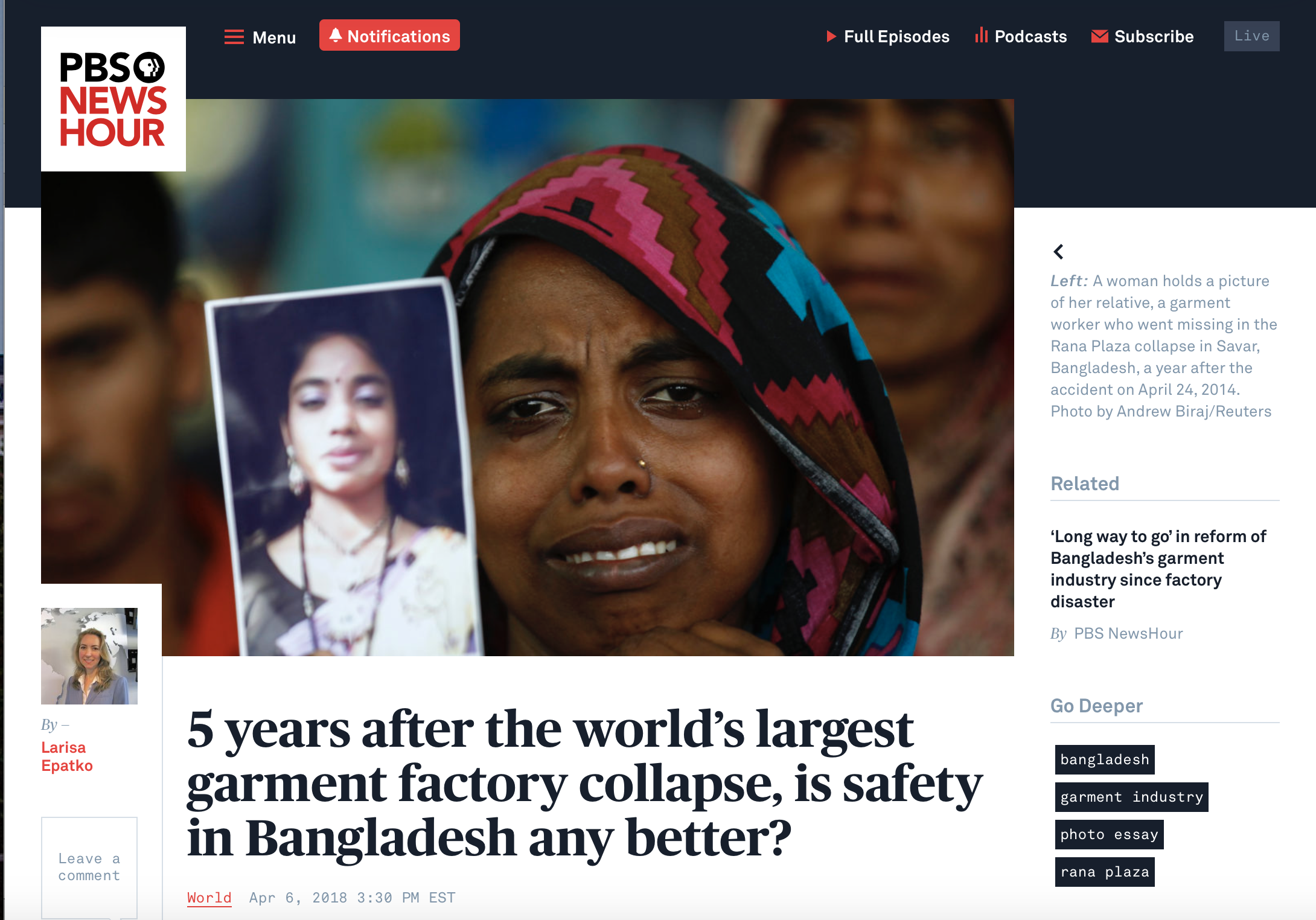BATTA BOX
While Europe is still on the verge of finding solutions for the stock of unsold clothes piled during the pandemic, using and reusing second-hand garments has forever been part of African culture.
Stuck in traffic, I encountered a triple D agent: 'BATTA BATTA' slipping from her lips, as she described the pile of second-hand bras she had for sale. All sizes displayed like trophies on the dusty side streets of Lagos.
It's not unusual to meet hustling merchants in a traffic jam. Some offer groundnuts, others water, food and sometimes...bras. My triple D agent was sweating by the jammed streets of Lagos with the hope of selling pre-owned pieces to whoever could fit into the cup sizes that dangled as cars drove by - roadside, where fitting rooms exist in the minds of the future owners.
It's always surprising to see how such a delicate garment caught my attention in the midst of the animation - the bra, an urban Must-Have, erected like a flag in the drive-through streets of Lagos far from the extravagant window displays in Selfridges.
The bras were overwashed, faint in color and warmed up by the penetrating rays of Africa's morning sun. Appealing to African middle-class women who often direct their purchases to ready-to-wear items, undergarments stand alone as one of the selective style choices. Giving shapes to silhouettes, bras have the power to enhance the curves from the neckline to the bottom of the spine.
As the Covid-19 pandemic ignited a new sense of consciousness across Europe, global consumers became increasingly more cautious about new fashion purchases, with retail sales of clothing declining by 43.5%. This led many to use and reuse what has been worn before by...someone else.
The pandemic brought an opportunity to reimagine clothing production cycles, as it relates to human rights abuses and environmental degradation. It is now crucial for us to rethink how fashion is produced and consumed- just think about how a pair of jeans requires 20,000 liters of water (from cotton growth to the dyeing process).
'BATTA BATTA', she proclaimed.
The second-hand clothing trend is back - in full force and full swing. When retro is the motto, vintage fashion trends are on top, paving the way for new behaviours of consumption and shopping patterns. While clothes from the past find themselves in the present, new voices of fashion shout in the streets :
'BATTA BATTA', she proclaimed.
It is only when the sound of the past is heard that fashion contemporaneity finds it's true meaning. This meaning relies on the original essence of a pre-owned item, independent from the ephemeral cycle of trends.
Nowadays, being a global fashionista means being an advocate of fashion standards of Ethics. It is important to rely on finding newness in the old. As an individual and conscious shopper, the ancient is at the epicentre of the ripple that brightens the lives of those who found their spending power affected by international crises.
In Ghana, the national economic climate contributed to the rise of ‘vintage’ cities like the one found in Katamanto. Priding itself for its unique 'bend-down' boutiques, where fashion is found at an affordable price.
Katamanto Market
As a female-held fashion hub, Katamanto offers a unique selection of ready-to-wear, accessories and children clothes. The city is reflective of Africa's appetite for second-hand clothing. Sewing, resizing and ironing of clothes in this micro-society, silently killing the potential for a local textile industry while simultaneously boosting local jobs creation.
As a West African fashion second-hand supply hub, Katamanto attracts regional traders who purchase wholesale goods to sell in their markets of origin. While Nigeria is still the largest second-hand fashion market on the continent, many ‘vintage’ cities have been burgeoning from Cape to Cairo.
In the midst of the pandemic we were forced to find some sense of togetherness and mutuality amidst our collective hopelessness. As our perspectives shift with time, it gave second-hand goods a new touch of style, giving it a global voice in the fashion industry.
Like a white flag in a blood-tinted war zone, vintage brings a sense of peace to the overconsumption. Guilt-free and consumed without moderation, the old overshadows the new, not only in the sphere of women’s undergarments but also in the spirit of those who consume fashion without moderation.
The tale of bras in sea of traffic demystifies an industy that has long been over glamorized. The act of selling pre-owned clothes brings a new pulse to the fashion industry. Breathing a new life into items that no longer appealed to its previous owner - restructuring the past into new shapes and forms and redifining the concept of ownership. The second-hand clothing industry brings a rational understanding of clothing conservation.
When fashion supply chains are questioned, the misery caused by its global rhythm is exposed: Bangladesh, India and China, all victims of the system that manufactures the cups that embrace our breasts.
While Africa is still trying to define its own fashion manufacturing tempo, it is interesting to see that the bra encountered in the traffic (as overwashed and used as it was), actually found its first finished cut far from the shores of Africa. It's in the overcrowded atelier of remote Asian mass-producing factories that bra cups found their domed shapes. In a glimpse of an eye, the Anatomy of the bra was crafted, assembled and packaged...ready for its next destination : Africa.
The journey of a bra, much like pandemics, is anything but stagnant, travelling from one destination to the next.
When Africa defines the terms-and-conditions of its fashion industry overproduction and overconsumption may become the norm. But in today's blooming African cities, buying a bra in the traffic is a call for environmental advocacy. Therefore, as purchasing power and production capabilities rise, across the continent, we must place sustainability at the heart of the development of Africa’s fashion industry.
'BATTA BATTA' was she proclaimed - a global anthem which resonates from the busy markets of Soweto to the vintage retail stores of Los Angeles.
The vintage clothing scene is South Africa is ripe. High-end European vintage fashion items fill the racks of South Africa’s fashion avenues, with 20s style fringe dresses and architectural minaudieres front and center of the intricately merchandised windows of Melville vintage clothing stores in Johannesburg.
Rooted in the Apartheid Era, European original vintage style also found their way to South African retailers, as a result of economic pressures .
Vintage Store in Johannesburg
Barter is the secret code. It opens a pandora box filled with the most unglamorous behind-the-scenes of global fashion supply chain.
The observed piles of imported bras make their way to the closets of women across Africa. Not far from the prestigious silk routes, bras merchants carry the subliminal FOR SALE signs in displayed mountains of bras cups.
'BATTA BATTA' was she proclaimed. Unapologetically, she held those undergarments as if she were celebrating African femininity : a femininity that freely nurtures and brings future generations to life. Not to be bartered but celebrated, the bra is the emblem of global female freedom.
Burned down, adorned and bejeweled, the bra is to be worn in style regardless of limitations.
To wear or not to wear, that's the eternal question?







